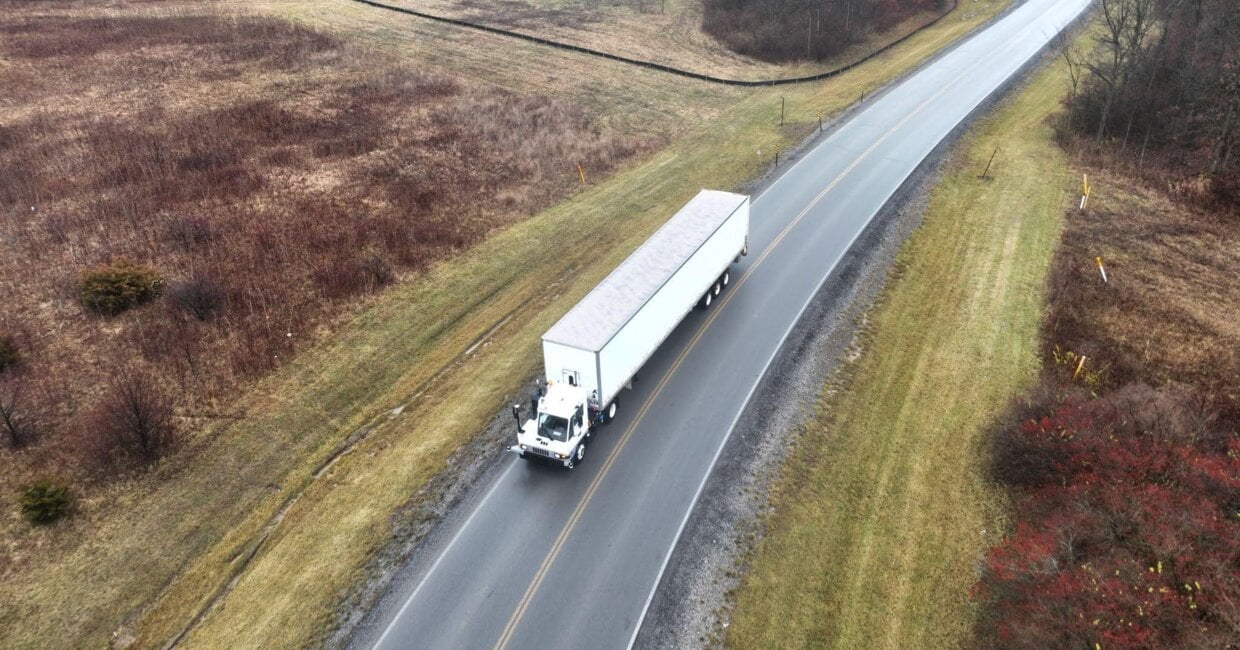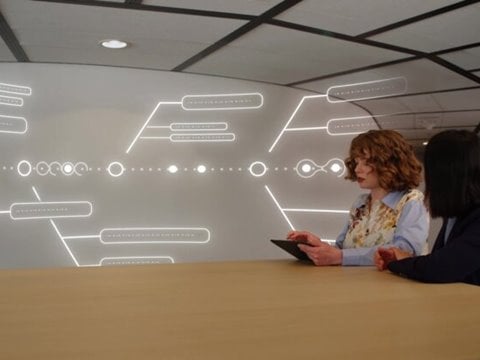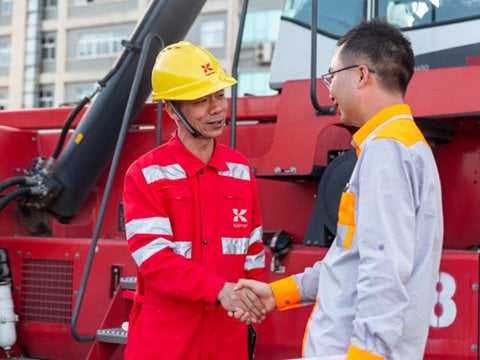
Safety + predictability: Kalmar and Forterra partner to develop autonomous terminal tractors
In March 2024, Kalmar and Forterra announced a partnership to develop an autonomous terminal tractor solution for container terminals, distribution centres and industrial yards.
Forterra is a leading provider of self-driving systems for ground-based work vehicles and one of the foremost innovators in the field of driverless technology. The company has provided autonomous solutions for the U.S. Department of Defense and off-highway commercial applications, and its AutoDrive® system is one of the leading driverless systems for complex conditions including ports and logistics centres.
In the joint development initiative, Kalmar will supply autonomous terminal tractors equipped with the drive-by-wire and hardware kits required for autonomous operation, fitted at the Kalmar production line. Forterra will supply its AutoDrive autonomous driving system and related tools, while Kalmar will develop autonomous terminal tractor support in the Kalmar One automation system and integrate it with AutoDrive together with Forterra. The sales and deliveries of the solutions will be done by Kalmar.
The perfect match
"We have seen a strong demand for an autonomous terminal tractor solution from our customers, and partnering with Forterra is the ideal way for us to speed our development in this field," says Timo Alho, Director, Product Management & Business Development, Kalmar. "The partnership combines three best-of-breed products: Kalmar's market-leading terminal tractors, Forterra’s AutoDrive system and the field-proven Kalmar One terminal automation system."
We have seen a strong demand for an autonomous terminal tractor solution from our customers, and partnering with Forterra is the ideal way for us to speed our development in this field.
The development of the solution will proceed through several consecutive steps. Currently Kalmar and Forterra are carrying out one to two-month demonstrations at customer sites with autonomous terminal tractors with safety requirements adapted for each location. While some locations require a safety driver, known as “Driver In”, some demos will operate without a safety driver or “Driver Out”. The demos enable terminals to gain an understanding of the performance and reliability of autonomous driving technology in their own working environment.
At the same time, drive-by-wire development will continue for the Kalmar terminal tractor platform required for the autonomous solution. The proof of concept for Forterra AutoDrive and Kalmar One integration will be completed in early 2025.
"Our goal in this partnership is to develop a true integrated system that provides the customer with a single point of contact for systems, safety and performance optimisation, as well as scalability to full-size logistics operations," says Mike McGhan, Head of Commercial Logistics, Forterra. "In Kalmar, we found a partner that shares our values and motivation, and their deep knowledge of port operations is the perfect complement to our own experience in developing autonomous driving solutions for some of the most demanding environments in the world."
Our goal in this partnership is to develop a true integrated system that provides the customer with a single point of contact for systems, safety and performance optimisation, as well as scalability to full-size logistics operations.
Moving towards mixed traffic
Kalmar and Forterra will initially develop the automated terminal tractor solution for container terminals and distribution centres, followed by various types of industrial operations. The main markets for the solution are North America, Europe and Oceania. The autonomous solution will be available for the Ottawa T2 and Kalmar T2i terminal tractor models, as well as the respective battery-powered models once they are on the market.
As with other automated equipment, automated terminal tractors are expected to bring clear improvements in the safety and predictability of operations. From the automation perspective, the most significant difference between straddle carriers and terminal tractors is that automated straddle carriers are designed to provide extremely efficient operation in fenced-off areas, while terminal tractors need to operate in mixed traffic with external traffic and pedestrians.
Kalmar and Forterra are currently mapping an incremental path to market for the solution, with the first goal of being able to provide autonomous terminal tractor capability without safety drivers in closed-off automated areas around mid-2025. "This will be followed by environments allowing interaction with trucks whose drivers have received the appropriate induction training, and finally by full mixed-traffic operation," says Timo Alho.
"Our motto is that we always need to move at the speed of safety," says Mike McGhan. "Every terminal is different, and we are currently working closely with a wide range of our customers to both ensure safe operations and help them discover the best value from automation for their individual business."
"Forterra's experience in building this kind of automation for road trucks and off-road equipment is the ideal extension to Kalmar's background in automation systems at ports and logistics centres," adds Alho. "By combining these market-leading solutions from our respective fields, we will be able to deliver a complete solution from two existing mature companies, helping customers take the next steps on their automation journey both today and in the future."
Related articles
Subscribe and receive updates in your email
Meld je aan voor onze publicaties










